New permissions, new bugs. Programmers, take care of us!

ISN has already touched on the topic that recently there has been some inconvenience with the quality of support in programs of various permits. Especially this problem comes to the fore with the development of new solutions, such as, for example, Atom- based netbooks. These devices usually have non-standard screen resolutions, although you can not go that far. It is enough to take my quite ordinary desktop monitor with a resolution of 1680x1050 and a DPI set to 125%.
I constantly notice that the programs "do not fit" in their windows. Basically it is not critical, but not convenient or just unpleasant. When inserting an old CD with music, I am not surprised and do not complain, seeing how the program for listening is launched:
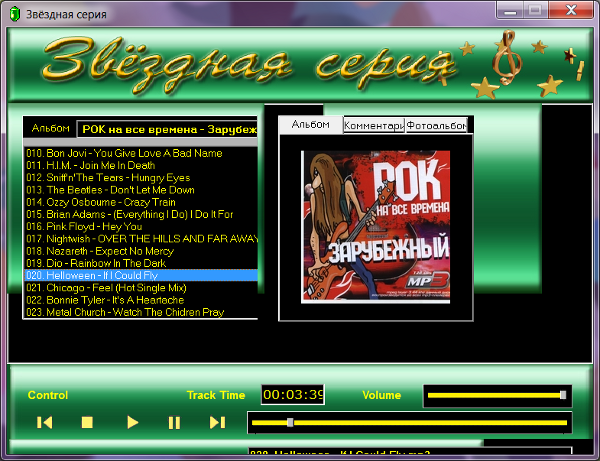
')
You just need to buy the right wheels. :) However, I, and not only I, meet such situations more and more often. I would like to draw the attention of programmers who read this post, that this problem is undeservedly overlooked. Now permissions are increasing, while the programs are designed only for the most standard. As a result, a growing number of users have problems with resolution or DPI.
In this case, this applies even to such programs where an extremely simple interface is used and where programmers do not even think that there may be some problems. Actually, I'm talking about an error made in our product. It was she who prompted me to write this post. I hope someone will make conclusions for themselves from such blunders. :)
Actually about the error. The PVS-Studio tool integrates into Visual Studio and adds some tabs of settings. In particular:
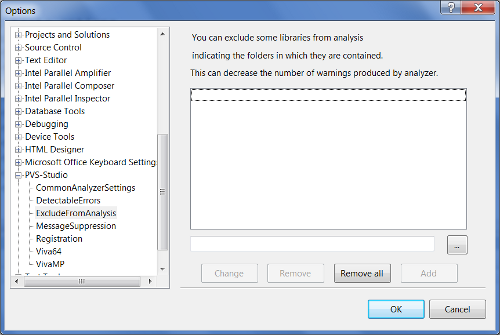
Easier does not happen. And we did not observe any problems and did not wait until one of the users could understand how to work with this window. And no wonder. It looks like this (no four buttons):
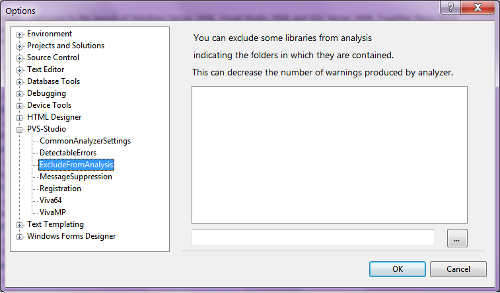
A good lesson for those who, as we are focused on the performance of internal systems and believes that the GUI part is too simple to significantly invest in its testing. With the advent of various options for computers, monitors and permissions - this is not so. You should review your approaches to testing GUI from the point of view of running applications on systems with different screens.
What I wrote may seem trivial. But the abundance of “curves” that I constantly bump into speaks of the urgency of the problem. There are very few programs installed on my working machine, however, for only three! minutes I was able to find errors in the interface settings of the two programs. The first thing I came across in my tray, CruiseControl.Net, a continuous integration program. Here is one of its settings pages:
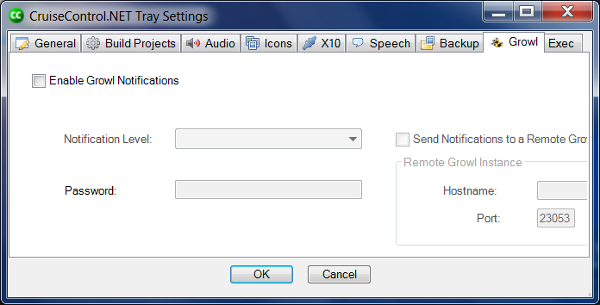
By the way, what is interesting is that the window of this program can be stretched, although this does not help to avoid an error. The result looks quite original:

The second tray icon was Kaspersky Anti-Virus. By the way, I now consider this program an example of a graphical interface. Well done. However, even they find it difficult to control the interface:
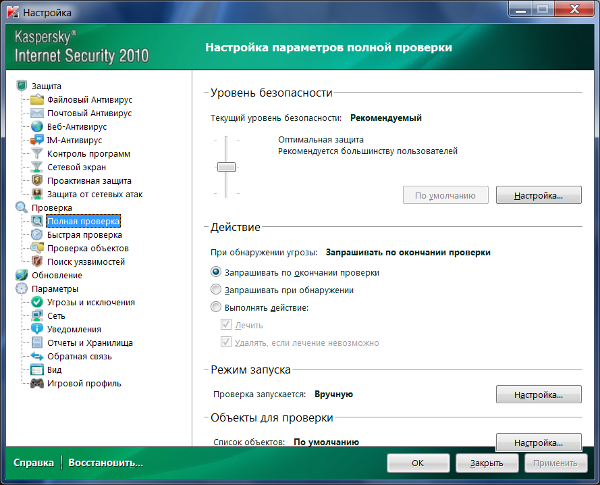
I want to pay attention. That I do not have something exotic. I have an ordinary wide monitor, which is very convenient when programming. Of course, specifically in these examples, the resolution is nothing to do with. It played the role of DPI. However, DPI is also not exotic with me. The inscriptions with standard DPI in Windows 7 seemed to me small and I chose Medium mode (125%) instead of Default (100%). And everything is already so swam ... Many programs will also be affected by the resolution. I already observed this, but I find it difficult to give an example now.
Conclusion
Programmers, do not criticize the superficiality of this note, do not criticize the flaws in individual programs. Please, take a closer look at what will happen to your development on a strange monitor with a strange DPI. :) I wish you every success in creating beautiful and functional interfaces!
Source: https://habr.com/ru/post/89376/
All Articles